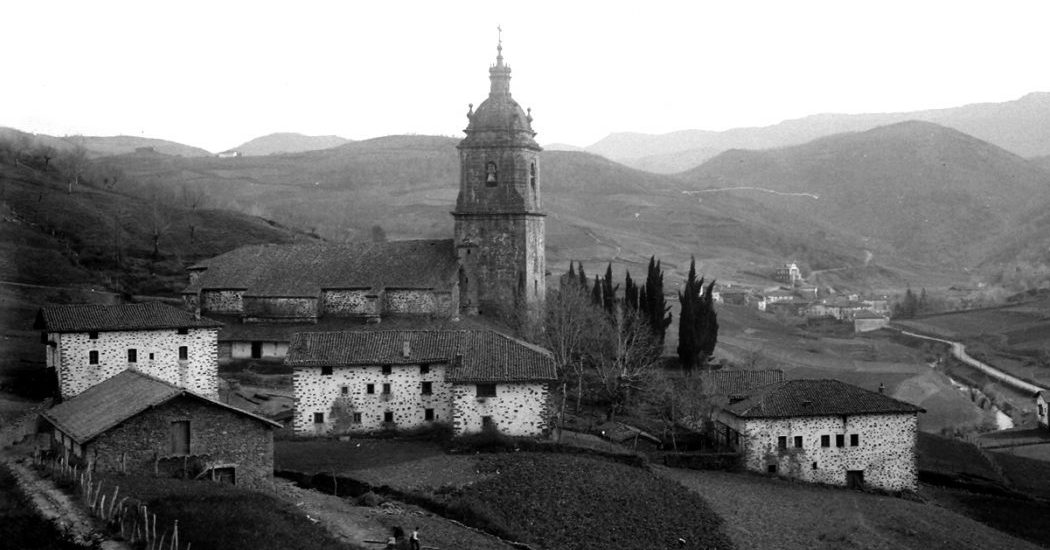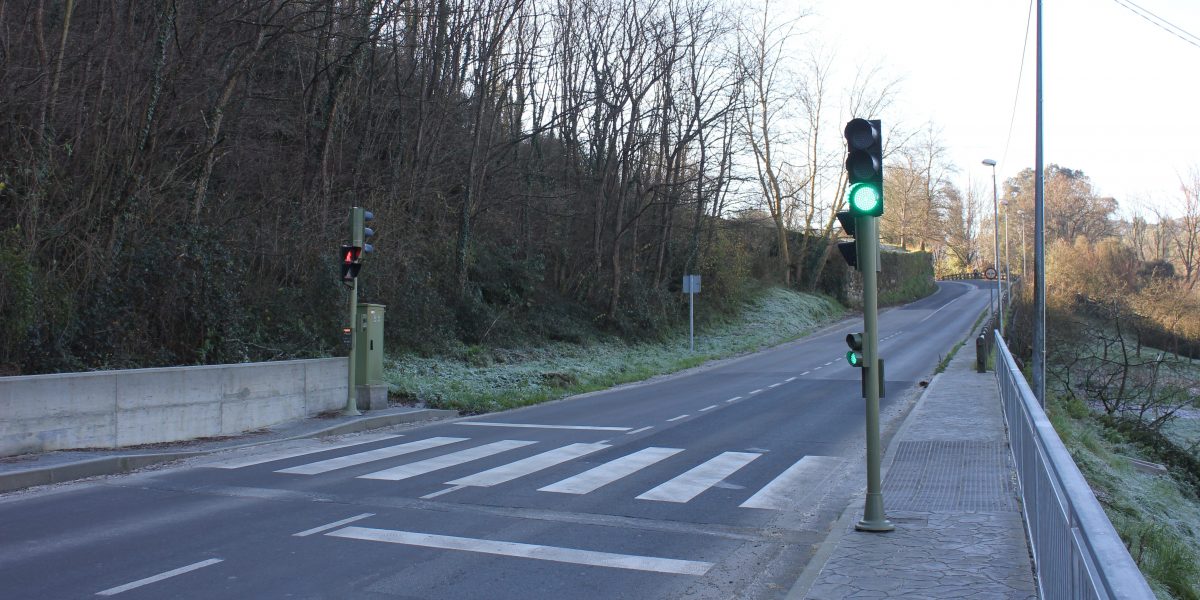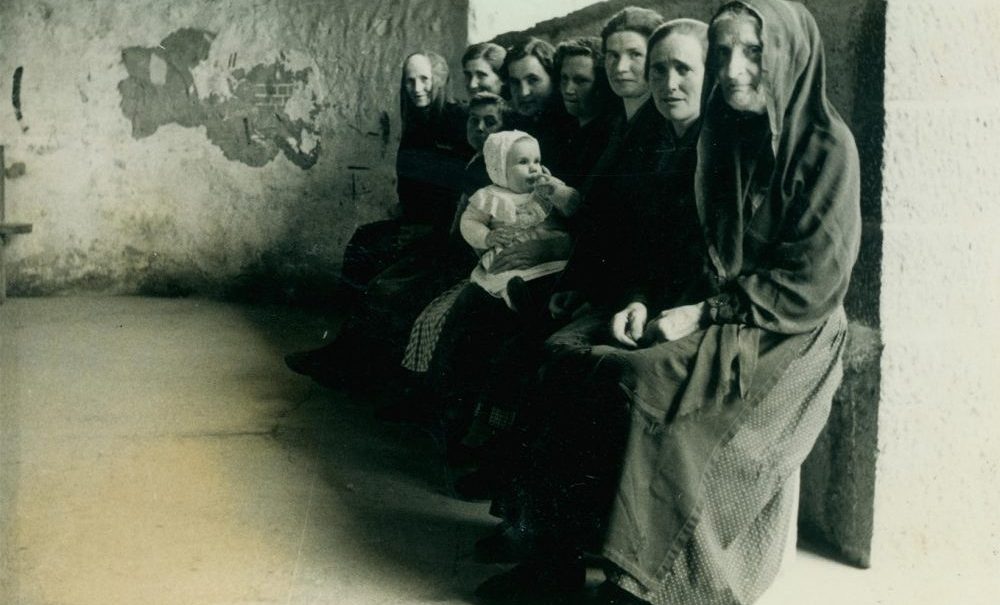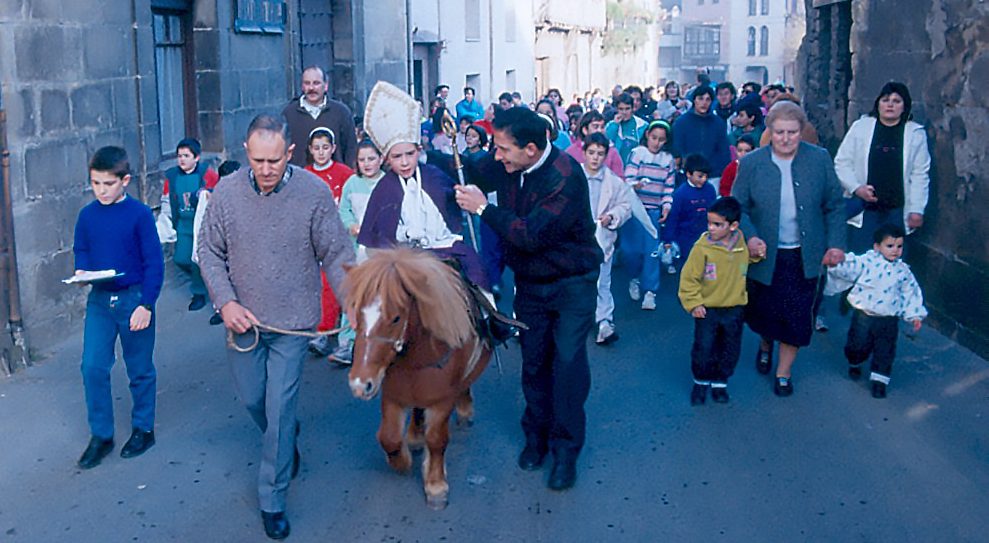Basque ethnography at a glance
The purpose of signalling devices like the lights in the photograph is well known to us all. Those in particular are the first traffic lights in the Valley of Carranza (Bizkaia), where I live, a once eminently rural area. The signals in question are part of the so-called ‘urban furniture’. Street lamps were installed several decades ago, to the delight of bats watching their nightly helping of food flutter to the light. Later came a few pavements, and down in the middle of the Valley, away from the reign of the cows, some ‘zebra crossings’ were painted. (more…)
Childbearing and childbirth have always been of considerable interest to family and community members, as shown by the remarkable variety of beliefs shared and gathered about newborns.
Many of them were related to pregnancy. According to a most widespread belief, should the craving of a pregnant woman be not fulfilled, her baby would be born with a birthmark, called antojo, literally ‘craving’, similar in shape to whatever she had craved for but could not satisfy. (more…)
Asking for alms is still a popular practice in the winter calendar across the length and breadth of the country, Christmas and Carnival being the main festive cycles celebrated during the season.
Groups of youth march the streets singing traditional songs and collecting alms at both annual festivals. Each occasion features its own repertoire, though themes might sometimes coincide, as verses are addressed to the landlord, the landlady, or other members of the household. (more…)

Zeanuri (Bizkaia), beginning of the 20th century. Felipe Manterola Collection. Labayru Fundazioa Photographic Archive.
St Mary’s Parish Church, Zeanuri (Bizkaia), is located in the neighbourhood of Eleizondo, and together with the hermitage of Compassion, the Cross by Nestor Barrenetxea and the cemetery, makes up an interesting monumental ensemble. The image of a hen gathering her chicks under her wing might help us visualize the complex.
The parish church is now completely restored and shelters one of the most remarkable altarpieces in Bizkaia. Throughout its long history the temple has experienced countless trials and tribulations, due principally to constant foundation problems, and had to be temporarily closed on more than one occasion, the most recent being in May 1994. Following major restoration, on 15 August 2000 it reopened for worship. (more…)




